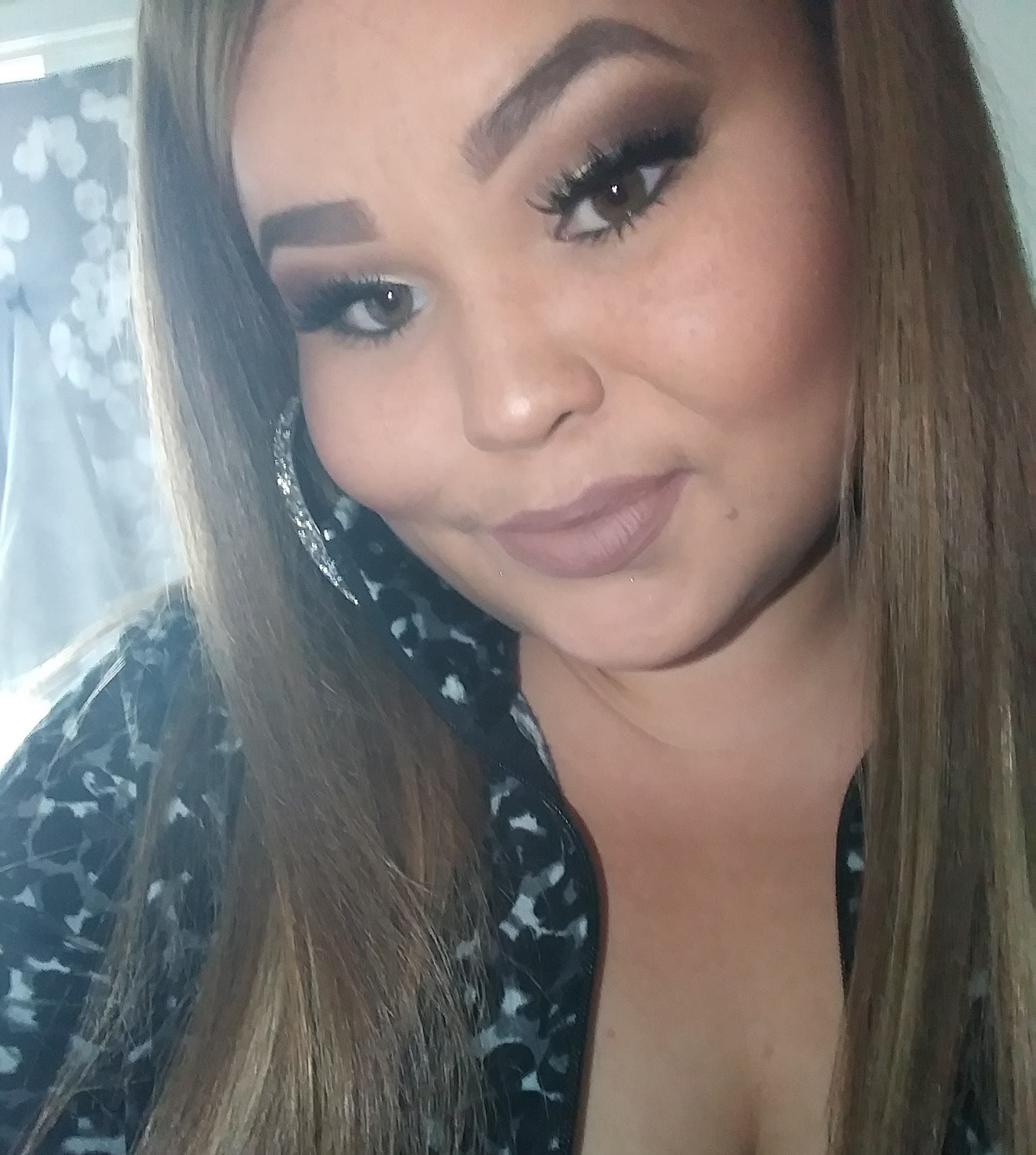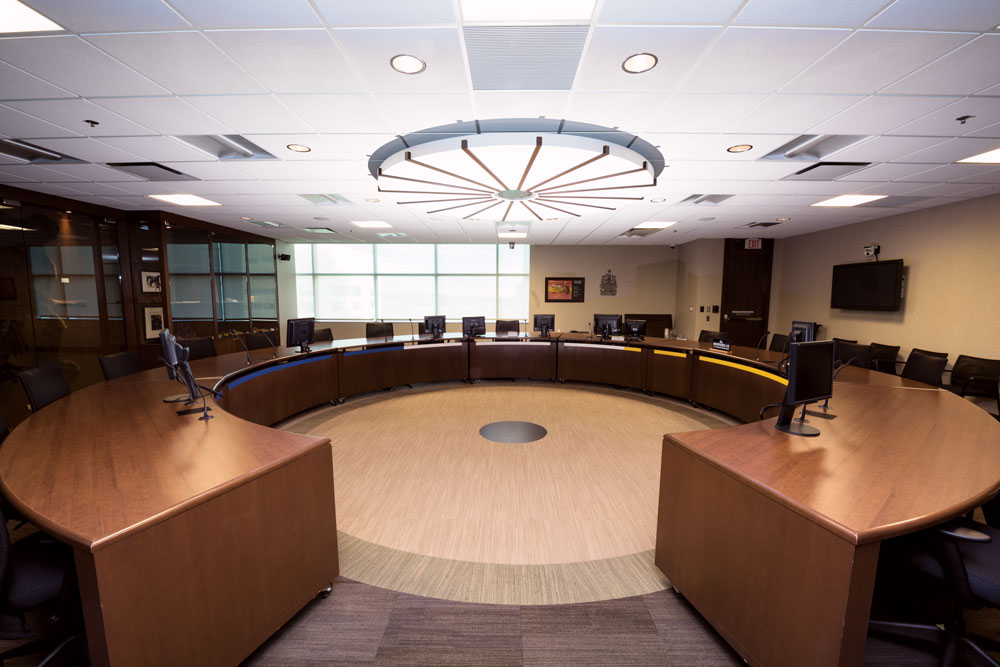SAGE Fall 2019 Profile: Volelle Bulle
December 18, 2019 | Client Profile, Profile, SAGE, Uncategorized

The Elizabeth Fry Society of Calgary’s SAGE Emotional Wellness and Employment Readiness program assists women on their journey to personal success. The program is built on Indigenous cultural values that provide support and healing; interactive and experiential learning provide participants with reconnection to their culture. Each week, participants spend 23 hours with Kachina Raymond-McGillis, the SAGE Coordinator, learning both functional life skills and strategies to promote emotional wellness—including writing, art, and photography. Participants also engage in employment skills that better prepare them for their next steps after SAGE. Over the 12-week program, participants gain new confidence and tools to assist them on their new journey. We sat down with Volelle Bull to discuss how the SAGE program has facilitated her personal growth over the last couple of months.
Sharing only as much as you feel comfortable, can you tell us a bit about yourself and what lead you to work with SAGE?
I wanted to get in touch with my culture and boost my self-confidence. I also wanted to gain knowledge I could use for finding employment since it has been over a year since I last worked.
What has been your favourite activity or day you have had at SAGE?
I appreciated working on my public speaking and interview skills as I gained confidence through my ability to practice.
Will you be taking courses at Bow Valley College and if so, what area of study do you plan on taking?
Yes, I plan on completing Aboriginal Upgrading and then moving on to Addictions Studies.
What does an average day at SAGE look like?
The average day consists of morning smudge, check in, then learning, fun and laughter.
Has SAGE connected you with any other community resources that you have either used or plan on using in the future?
Yes, we had the opportunity to start volunteering at WINS (Women in Need Society) through the job shadow portion. I also went on a tour of Bow Valley College which allowed me to get comfortable with the staff and campus before applying.
Have you felt your confidence increase with your time with SAGE?
Yes, it has helped me build a routine that helps me get up in the morning and then out of the house into the public which I was not comfortable doing before.
What is the #1 skill or teaching you have learned at SAGE?
Public speaking, meeting new people and how to open up in a group setting. I struggled with interview questions the most and now I am feeling more comfortable. I want to push myself to get out and complete some interviews so I can continue working on gaining confidence.
Do you feel that SAGE has given you the tools to navigate an easier future or increased your resiliency to any difficult situations that will arise?
Yes, it has helped me get out of my comfort zone and I have more confidence to take the next steps on my journey.
Do you feel like you have used any skills learned at SAGE in your daily life?
Yes, I have created a routine for myself and feel more confident connecting with new people.

